Many industrial processes utilize high-pressure steam for direct heating, performing mechanical work, combustion control, and as a chemical reactant. Measuring the pressure of steam is important both for its end-point use and its generation (in a boiler).
One problem with doing this is the relatively high temperature of steam at the pressures common in industry, which can cause damage to the sensing element of a pressure instrument if directly connected.
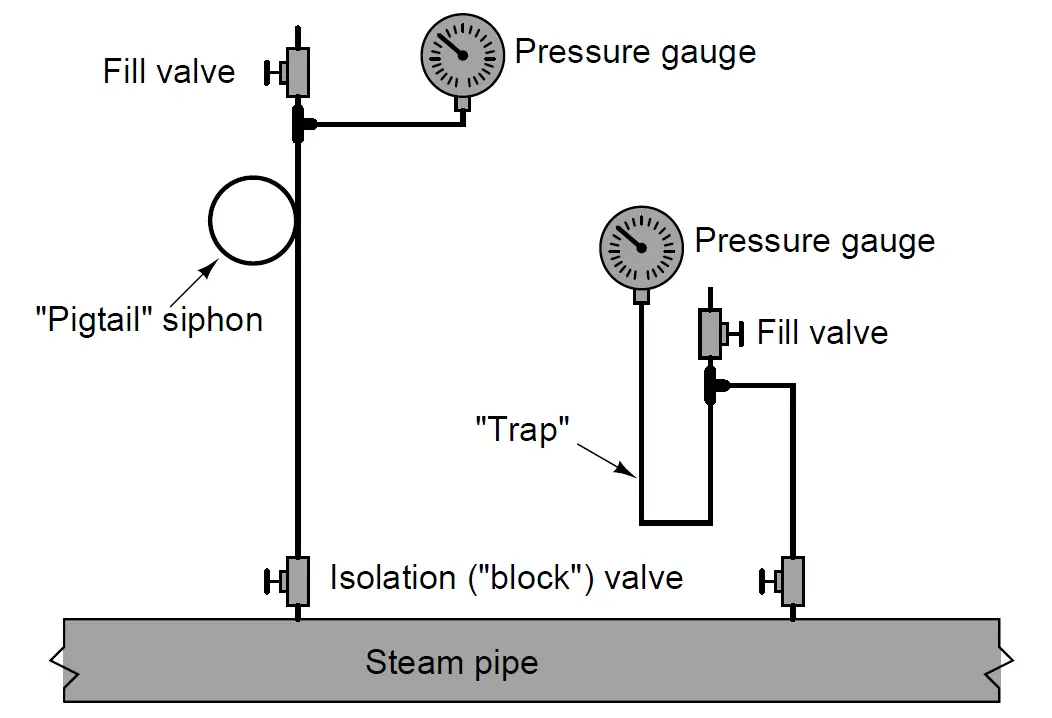
A simple yet effective solution to this problem is to intentionally create a “low” spot in the impulse line where condensed steam (water) will accumulate and act as a liquid barrier to prevent hot steam from reaching the pressure instrument. The principle is much the same as a plumber’s trap used underneath sinks, creating a liquid seal to prevent noxious gases from entering a home from the sewer system. A loop of tube or pipe called a pigtail siphon achieves the same purpose:
The following photograph shows a pigtail siphon connected to a pressure gauge sensing pressure on a steam line:
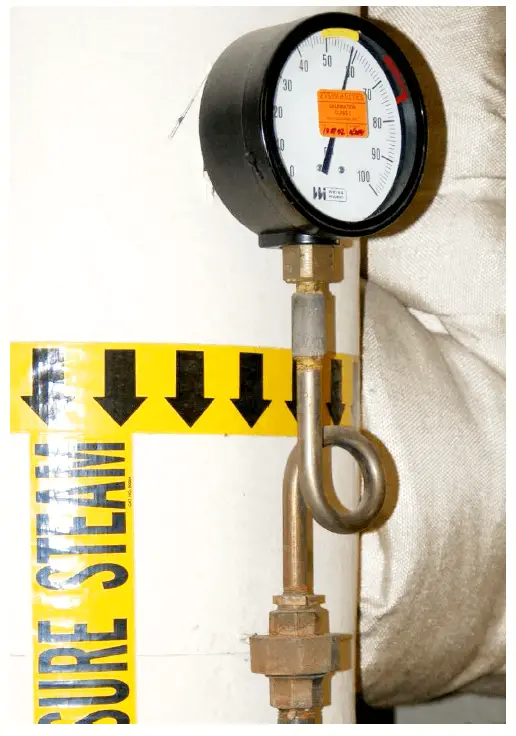
Credits : Tony R. Kuphaldt – Creative Commons Attribution 4.0 License
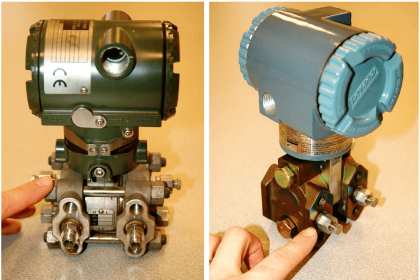
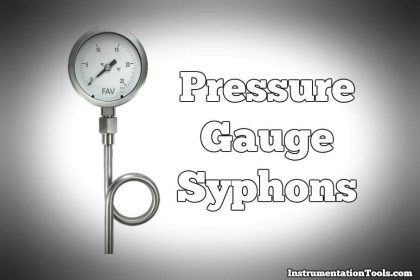

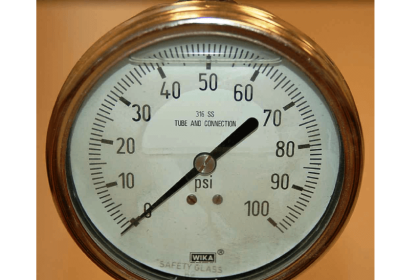
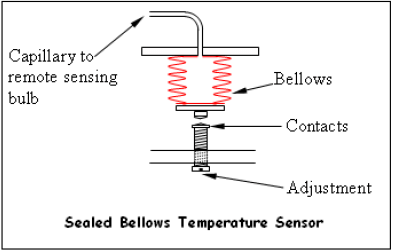

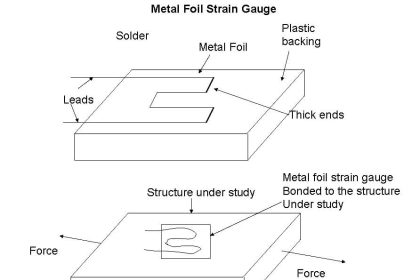




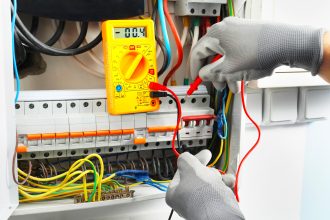

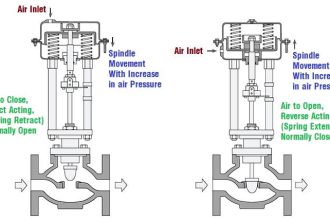
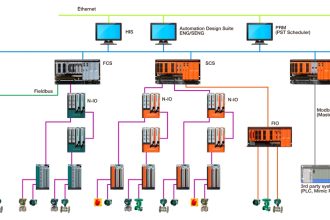


Dear/Madam
I’m desperately looking for a pigtail with pressure gauge.